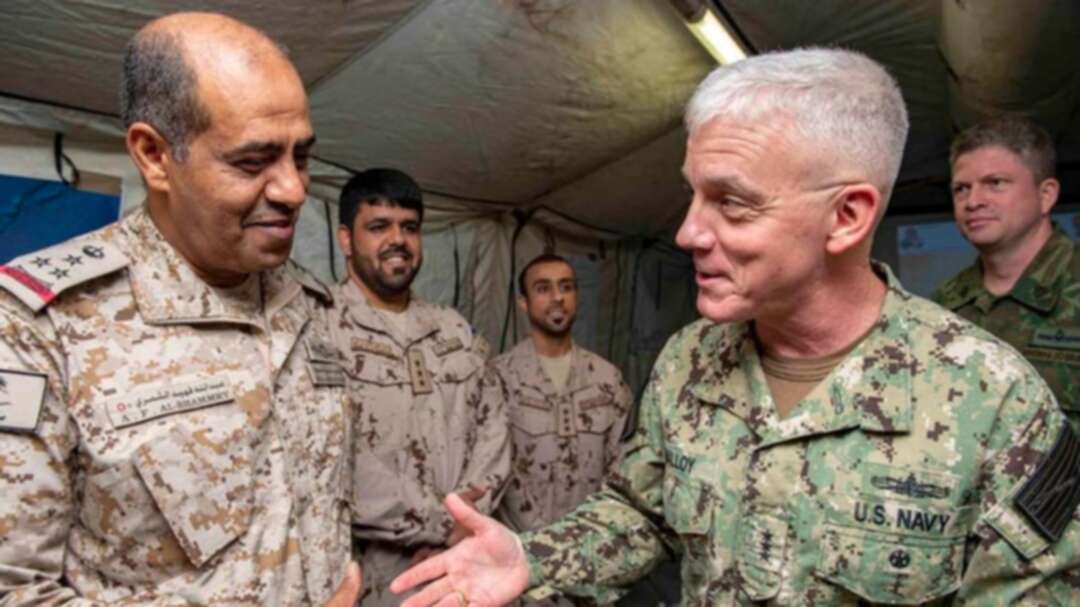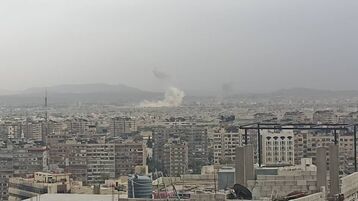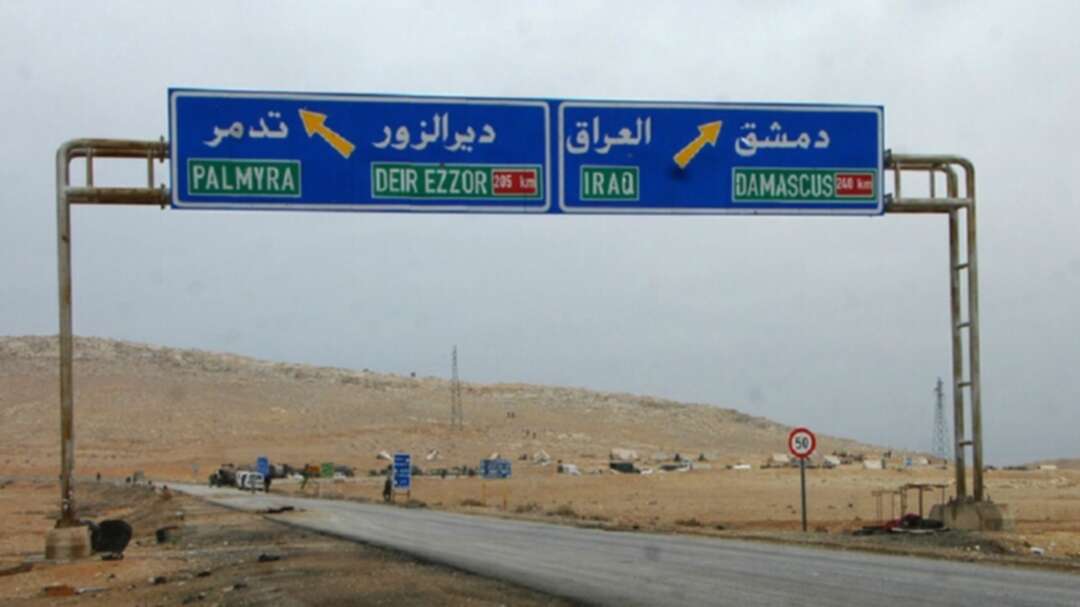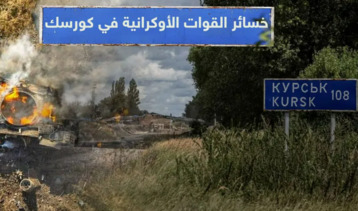-
Saudi navy takes part in international maritime exercise

The Royal Saudi Naval Forces are participating in the International Maritime Exercise 2019 (IMX 19), which began on Sunday in Manama, Bahrain, according to the Saudi Press Agency (SPA).
Hosted by the US Naval Forces Central Command (CENTCOM), the exercise extends from the Gulf of Aqaba to the northern Arabian Gulf.
According to the US Central Command, IMX19 serves to demonstrate the global resolve in maintaining regional security and stability, freedom of navigation and the free flow of commerce from the Suez Canal south to the Bab el-Mandeb Strait through the Strait of Hormuz to the Northern Arabian Gulf.
The Saudi military attache in Bahrain, Brig. Gen. Fahad Al-Thunayan, said the exercise aims to enhance cooperation and strengthen relations between participating countries.
The Saudi Royal Naval Forces took part in the multinational mixed international naval drill IMX19, launched on Sunday from the Bahrain-based US Naval Forces Central Command, with the participation of 56 countries and seven international organizations.
The US Central Command said that the American-Saudi naval exercises aim at preserving the regional security and maritime navigation. It said that a Saudi F-15 fighter jet accompanied an American B-52 bomber in training sorties to protect regional security.The common objective of the drill was to enhance cooperation and achieve common goals to strengthen the relations among the participating countries.
Commodore Abdullah bin Fuhaid Al-Shammari, assistant commander of IMX 19 and commander of the Royal Saudi naval force, said: “The Saudi navy’s participation in this international exercise reflects the devotion of the Royal Saudi Navy command to strengthening international relations and sustaining joint work with the rest of the world, including 56 countries and seven international organizations.”
He added that the exercise is being implemented under the supervision of the US Army War College in two phases, the first of which is theoretical and academic training. “Hypotheses that hinder navigation and free flow of world trade are developed and then analyzed to find alternative solutions,” he said.
The second phase, he added, includes sailing all combatant vessels participating in the exercise and conducting maneuvers related to various maritime security operations in order to deter and neutralize any threat to international maritime transport lines.
You May Also Like
Popular Posts
Caricature
BENEFIT Sponsors BuildHer...
- April 23, 2025
BENEFIT, the Kingdom’s innovator and leading company in Fintech and electronic financial transactions service, has sponsored the BuildHer CityHack 2025 Hackathon, a two-day event spearheaded by the College of Engineering and Technology at the Royal University for Women (RUW).
Aimed at secondary school students, the event brought together a distinguished group of academic professionals and technology experts to mentor and inspire young participants.
More than 100 high school students from across the Kingdom of Bahrain took part in the hackathon, which featured an intensive programme of training workshops and hands-on sessions. These activities were tailored to enhance participants’ critical thinking, collaborative problem-solving, and team-building capabilities, while also encouraging the development of practical and sustainable solutions to contemporary challenges using modern technological tools.
BENEFIT’s Chief Executive Mr. Abdulwahed AlJanahi, commented: “Our support for this educational hackathon reflects our long-term strategic vision to nurture the talents of emerging national youth and empower the next generation of accomplished female leaders in technology. By fostering creativity and innovation, we aim to contribute meaningfully to Bahrain’s comprehensive development goals and align with the aspirations outlined in the Kingdom’s Vision 2030—an ambition in which BENEFIT plays a central role.”
Professor Riyadh Yousif Hamzah, President of the Royal University for Women, commented: “This initiative reflects our commitment to advancing women in STEM fields. We're cultivating a generation of creative, solution-driven female leaders who will drive national development. Our partnership with BENEFIT exemplifies the powerful synergy between academia and private sector in supporting educational innovation.”
Hanan Abdulla Hasan, Senior Manager, PR & Communication at BENEFIT, said: “We are honoured to collaborate with RUW in supporting this remarkable technology-focused event. It highlights our commitment to social responsibility, and our ongoing efforts to enhance the digital and innovation capabilities of young Bahraini women and foster their ability to harness technological tools in the service of a smarter, more sustainable future.”
For his part, Dr. Humam ElAgha, Acting Dean of the College of Engineering and Technology at the University, said: “BuildHer CityHack 2025 embodies our hands-on approach to education. By tackling real-world problems through creative thinking and sustainable solutions, we're preparing women to thrive in the knowledge economy – a cornerstone of the University's vision.”
opinion
Report
ads
Newsletter
Subscribe to our mailing list to get the new updates!





















